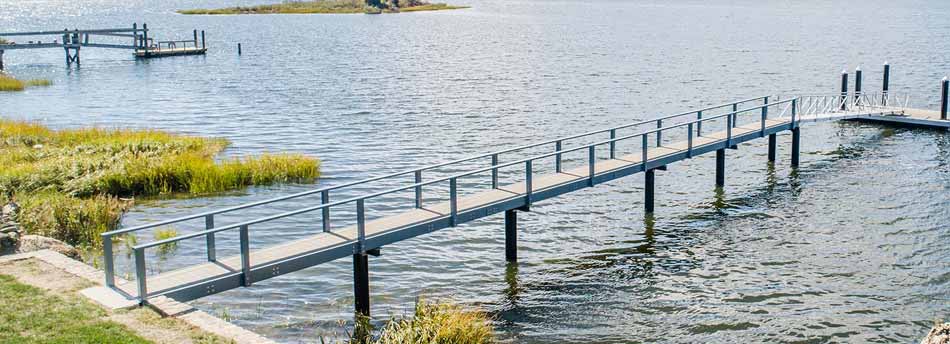
Fiberglass Profiles in Infrastructure Industry
Fiberglass is a composite material made of glass fibers embedded in a resin matrix. It has many advantages over traditional materials such as steel, wood, or concrete, especially for the construction and infrastructure industry. Fiberglass profiles are linear shapes that can be produced by a process called pultrusion, which involves pulling the fiber-reinforced resin through a heated die. Fiberglass profiles can have various cross-sectional shapes and sizes, such as tubes, rods, I-beams, T-, U- and Z-profiles. They can be used for various applications in the infrastructure industry, such as windows, doors, frames, supports, panels, and more. In this essay, I will discuss some of the benefits and applications of fiberglass profiles in the infrastructure industry.
Benefits of Fiberglass Profiles
Fiberglass profiles have many benefits that make them suitable for the infrastructure industry. Some of these benefits are:
Strength and durability: Fiberglass profiles have high strength-to-weight ratio and can withstand high loads and stresses. They are also resistant to corrosion, rot, insect attack, and fire, making them durable and low-maintenance.
Lightweight and easy to install: Fiberglass profiles are much lighter than steel or concrete profiles, which reduces the transportation and installation costs and time. They are also easy to cut, drill, or connect using conventional tools and fasteners.
Thermal and electrical insulation: Fiberglass profiles have low thermal conductivity and can prevent heat loss or gain through windows, doors, or frames. They also have low electrical conductivity and can reduce the risk of electrocution or interference.
Design flexibility and aesthetics: Fiberglass profiles can be customized to have any color, texture, or appearance by adding pigments or surfacing veils during the pultrusion process. They can also be shaped to fit any design or architectural requirement.
Applications of Fiberglass Profiles
Fiberglass profiles have many applications in the infrastructure industry. Some of these applications are:
Windows and doors: Fiberglass profiles can be used to make window and door frames that are thermally efficient, durable, and aesthetically pleasing. They can also be combined with glass or other materials to create energy-efficient glazing systems.
Pipe and electrical supports: Fiberglass profiles can be used to make pipe and electrical supports that are corrosion-resistant, lightweight, and easy to install. They can also be designed to have high stiffness or flexibility depending on the application.
Roll-up door panels: Fiberglass profiles can be used to make roll-up door panels that are strong, lightweight, and resistant to impact or weather. They can also be colored or textured to match the building’s exterior or interior.
Roof trim, fascia, and soffit: Fiberglass profiles can be used to make roof trim, fascia, and soffit that are durable, low-maintenance, and attractive. They can also be coated with UV-resistant materials to increase their lifespan. -
Conclusion
Fiberglass profiles are versatile and beneficial materials for the infrastructure industry. They offer many advantages over traditional materials such as strength, durability, lightweight, insulation, design flexibility, and aesthetics. They can be used for various applications such as windows, doors, frames, supports, panels, roof trim, fascia, and soffit. Fiberglass profiles are a cost-effective and sustainable solution for improving the efficiency and quality of the infrastructure industry.
 +86 15303735673
+86 15303735673 Jessica@frpzs.com
Jessica@frpzs.com
 Technical Data
Technical Data











